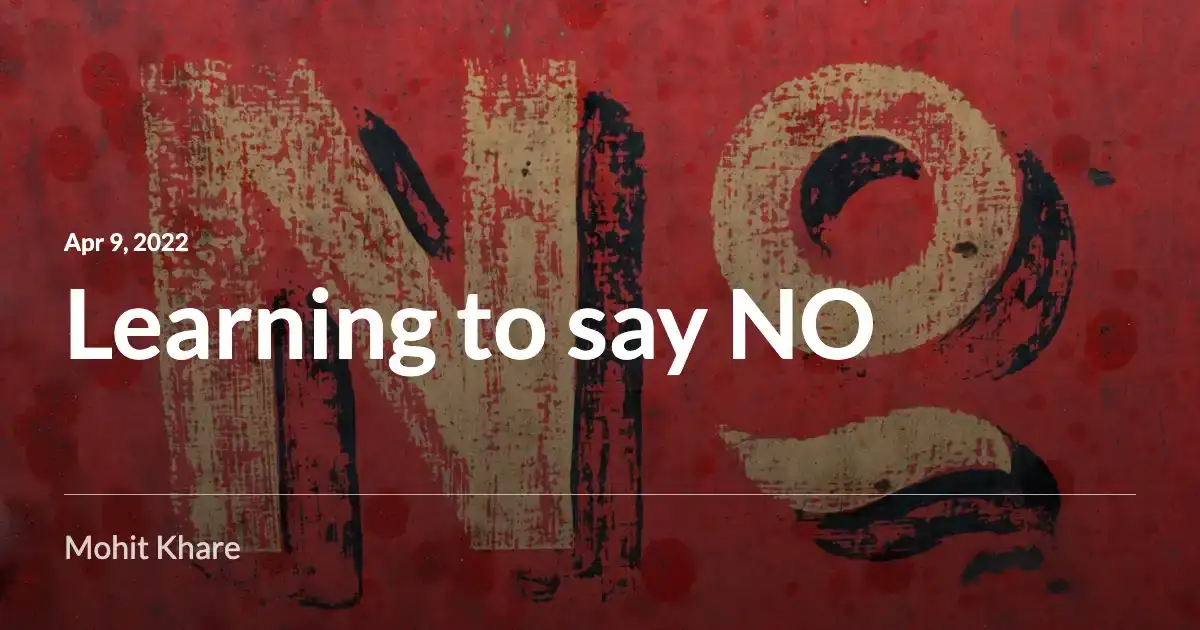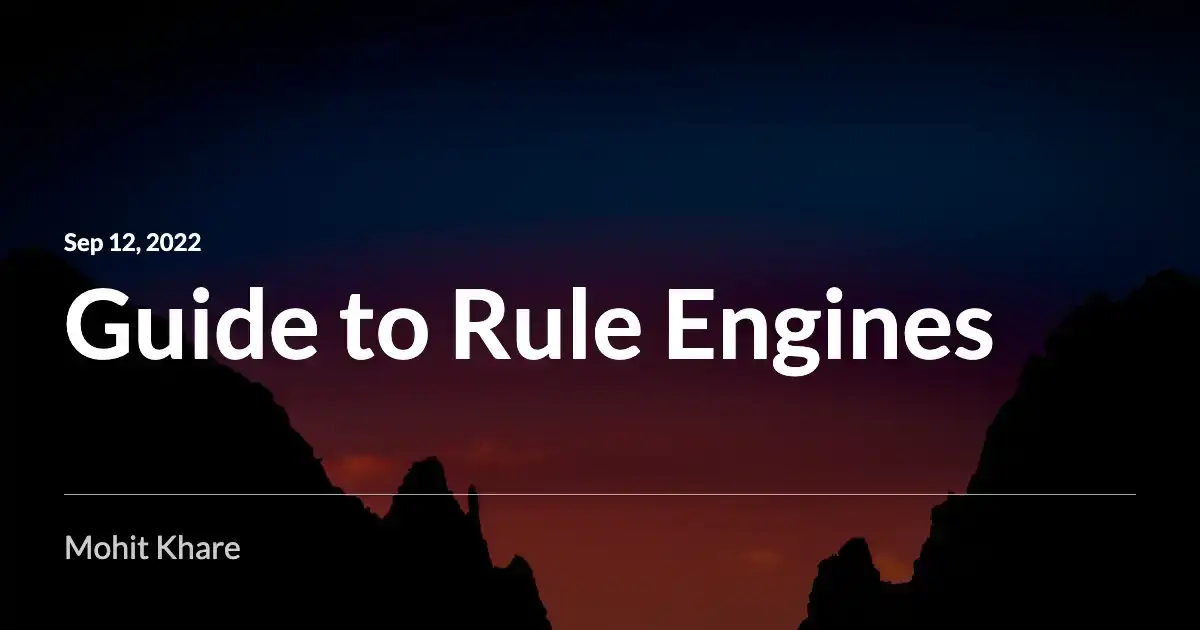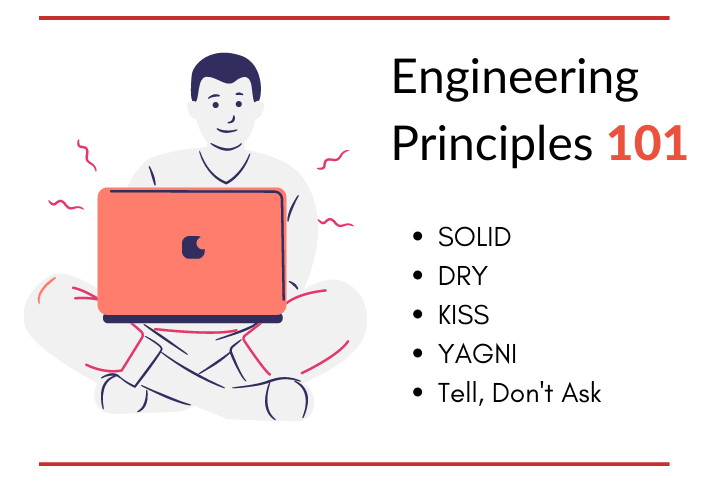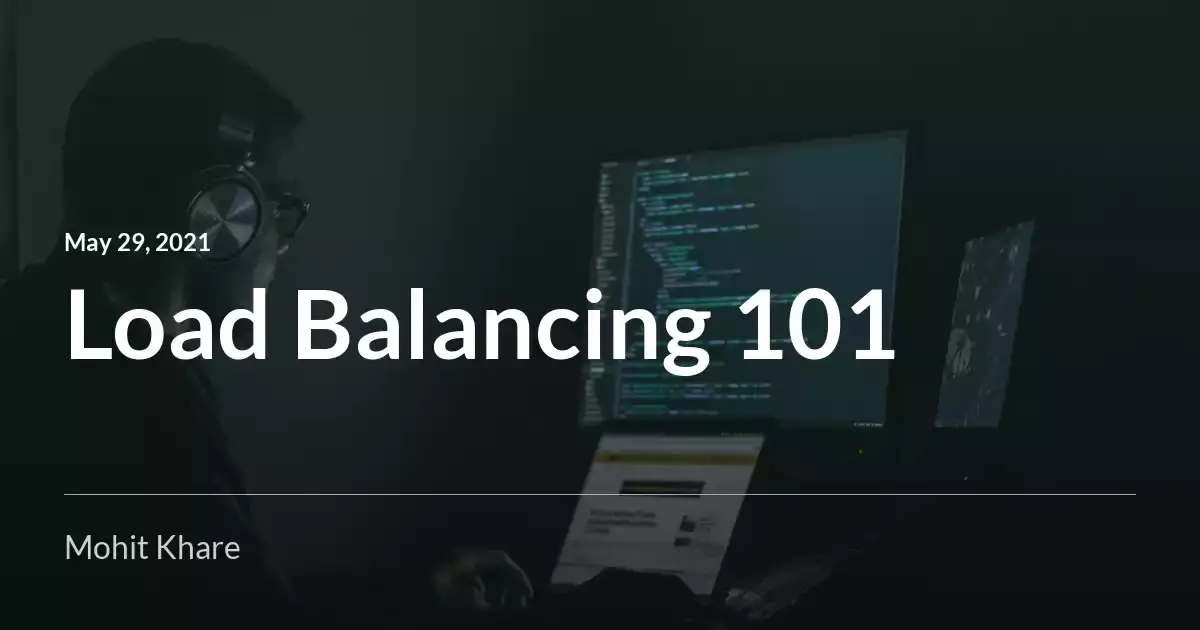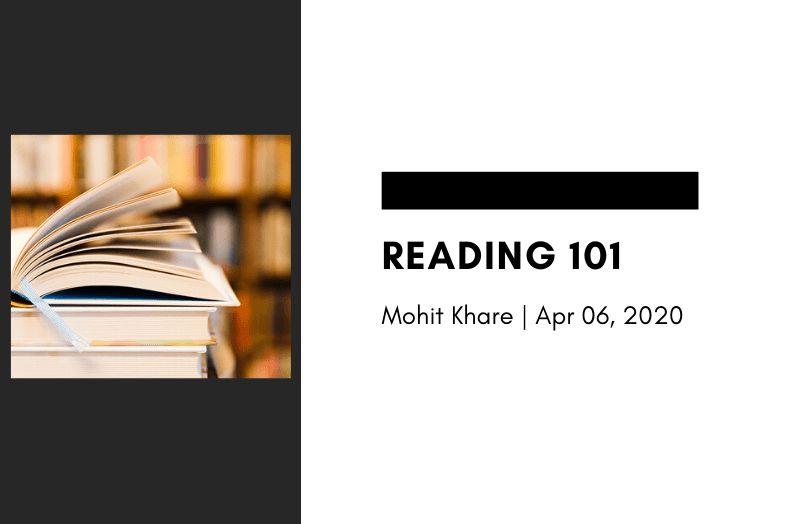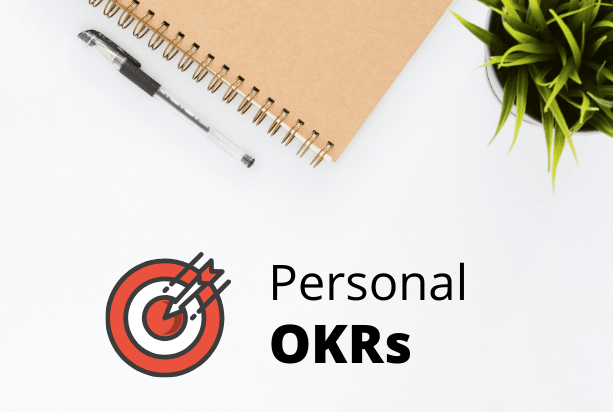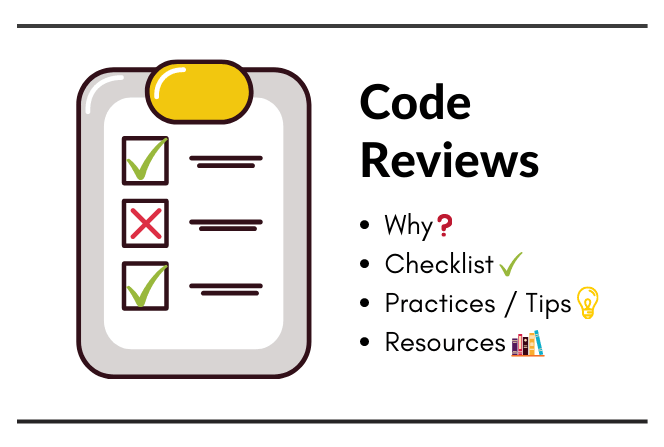Get latest articles directly in your inbox
Most people suck at saying No!
Saying no to someone is difficult for most of the folks. But when you learn to say No, you control what you work on. You control where you spend your time. In this article you’ll learn why it’s important to say No, how it helps in increasing productivity and explore strategies for saying No.
This article is heavily inspired from the book “Art of Saying No” by Damon Zahariades. These are my personal notes which I took while reading with my views added. I would recommend reading the book but this article should give you good idea about it.
Looking for book recommendations? Check Learnshots 🔖
Why to say ‘NO’
A ‘no’ uttered from the deepest conviction is better than a ‘yes’ merely uttered to please, or worse, to avoid trouble.
- Saying no to people is one of the most important skills you can develop. It frees you to pursue your own interests, both personal and professional. To that end, it’ll boost your productivity, improve your relationships, and fill you with a sense of confidence.
- Once you possess the ability to say no with confidence and grace, and do so with regularity, you’ll notice changes in how others perceive you.
- No one will protect my time or prioritize my needs as vigilantly as me. Help yourself first. Then, assist others.
- People get too passive in saying No when they should be vocal and assertive about it. If you will not be assertive, you’ll usually end up spending time on something that someone else wanted.
- Being assertive means having the self-confidence to express your needs and wants, and pursue your own ends, even in the face of opposition.
- Assertive vs Aggressive
- It’s important that we distinguish between being assertive and being aggressive.
- Healthy assertiveness is respectful. Assertiveness is planned, thoughtful, and considerate.
- The assertive individual understands how to express his or her point of view with grace.
- Aggressiveness is belligerent.
- An aggressive individual communicates in a way that’s rude, dismissive, and even threatening.
- Aggressiveness is often an impulse. An aggressive individual is loud, opinionated, and self-absorbed.
10 Reasons we struggle to say ‘NO’
- Most of us were raised to believe that saying no is rude and egocentric. This belief becomes a significant part of our value system.
- We want to avoid offending people. Will they feel bad if I say No?
- We want to avoid disappointing people or hurt their feelings. We want to avoid seeming selfish (because that is bad?)
- We have a limited number of hours to play with each day. That means every time we say yes to someone, we’re saying no to someone or something else. And every time we say no, we free ourselves to spend that time.
- We desire to help others. Not saying you shouldn’t help. But think if it’s the best way you are contributing?
- Think back to the last time you helped someone. I’ll bet it felt good.
- Knowing that we’ve contributed to someone else’s happiness is its own heady reward.
- Helping others is honorable. But remember your resources are limited. Maybe you can contribute better in another way by spending time on something else.
- We struggle with low self-esteem
- Burdened with a low self-image, we mistakenly believe our time is worth less than others’ time. We wrongly assume our goals and interests are inferior to
- We want others to like us. The desire to be liked is universal.
- We want to appear valuable.
- All of us like being perceived as valuable by others. We enjoy feeling relevant and important.
- We fear missing out on opportunities aka FOMO
- Have you ever said yes to your boss because you were afraid that saying no would disqualify you for a raise, promotion, or new responsibilities?
- The problem isn’t that we say yes to opportunities. The problem is that we fail to discriminate between the wrong.
- In pursuing some opportunities, you miss out on others.
- We succumb to emotional bullying!
- Emotional bullying occurs when one person makes another feel afraid, angry, or self-conscious for the purpose of achieving his or her ends
- We’re averse to conflict.
- Many folks have difficulty saying no because they struggle with conflict anxiety. They loathe confrontation, and
- Capitulating to avoid conflict reinforces the idea that your feelings are less important than those of the other person.
10 strategies for saying ‘NO’
Okay, cool I do understand my time is precious. But can you tell how can I actually say No. It doesn’t seem to be that easy?
If you don’t prioritize your life, someone else will.
The biggest challenge you face when learning to say no is overcoming the feelings of guilt, fear, and shame that surface when you disappoint people. Here are some of the strategies to saying NO.
- Be direct and straightforward.
- Don’t stall for time. Stalling makes you appear indecisive.
- Take ownership of your decision. If you give someone time then show up. Then you’ll build credibility in other’s mind.
- Ask the requestor to follow up later.
- This isn’t a stalling tactic. Rather, it’s a way to revisit a request when you have more time to think about it.
- It also conveys your willingness to at least consider his or her request. You’re not rejecting him or her, or dismissing the request outright.
- Avoid lying about your availability. Better to block calendar for personal work. Setup even small tasks on your calendar. This will boost your productivity. I have two slots 1.5 hour each daily for focused work. Context switching leads to more time to complete a task and the quality is low as well.
- Offer an alternative to the other person. When you say no, give the requestor another option. It’ll go a long way toward mitigating his or her disappointment at your inability or unwillingness to lend a hand.
- Describe your lack of bandwidth. Most people understand when you explain it. If you’re declining a request, make a note to follow up back on it. Add it to your todo list/calendar.
- Confront your fear of missing out. We cringe at the mere possibility that we might let an opportunity slip through our fingers. So we say yes when we know we should say no.
- For example, we accept an invitation to a party just in case someone we want to meet is in attendance
- Eg. We agree to take on a big project at the office because doing so might lead to a promotion down the road.
- You’re not responsible for others’ reactions. One of the biggest stumbling blocks for people pleasers to overcome is feeling responsible for others’ feelings. They fear that saying no will disappoint and anger requestors. This fear prompts them to regularly put others’ priorities ahead of their own.
- Remember saying no doesn’t make you a bad person. It means you value your time and spend it wisely. You control how you spend your time. Learning to say no in these “low risk” situations allows you to slowly build your confidence.
Other Book Summaries
- Refactoring UI
- Let’s Talk Money
- Obviously Awesome
- Hell Yeah or No
- Almanack of Naval Ravikant
- Getting Real
Liked the article? Consider supporting me ☕️
I share regular updates and resources on Twitter. Let’s connect!
Keep exploring 🔎 Keep learning 🚀
Liked the content? Do support :)
